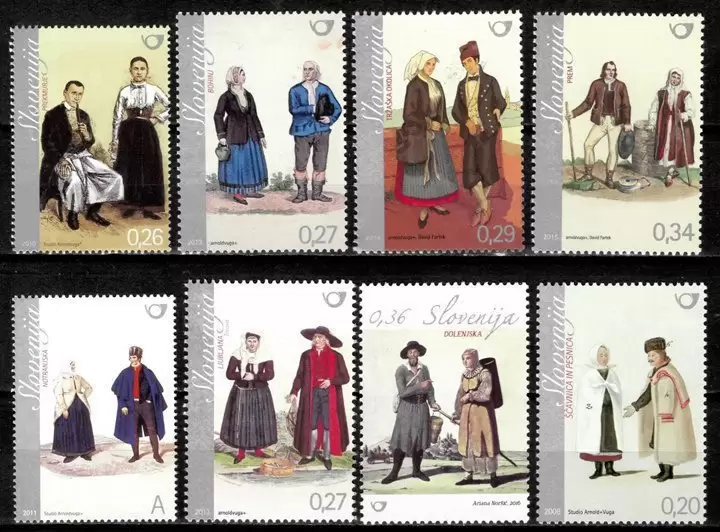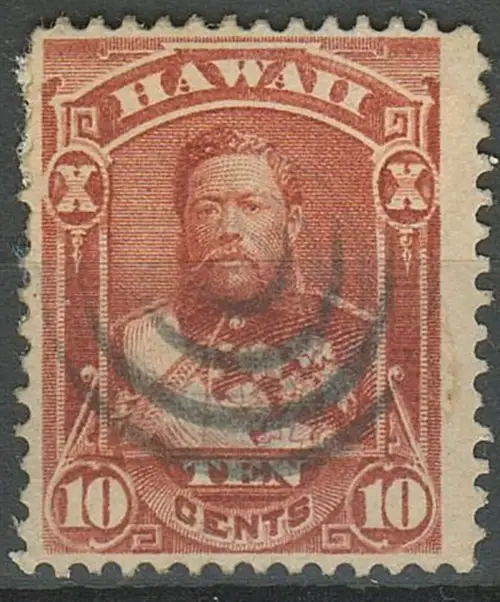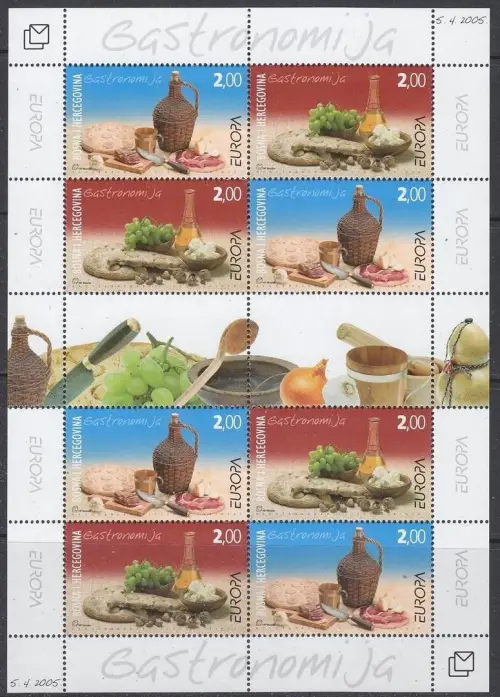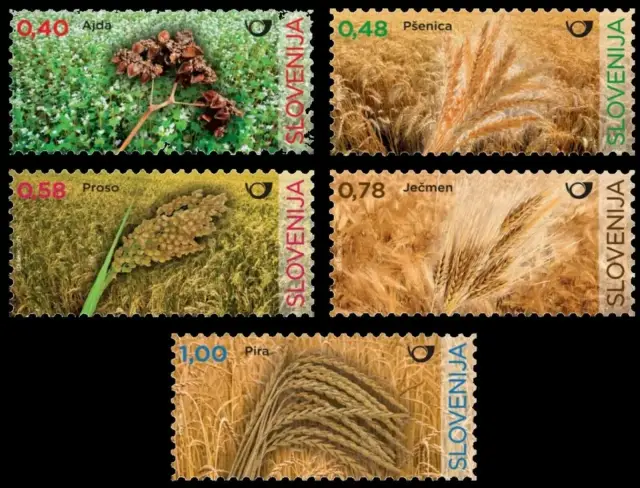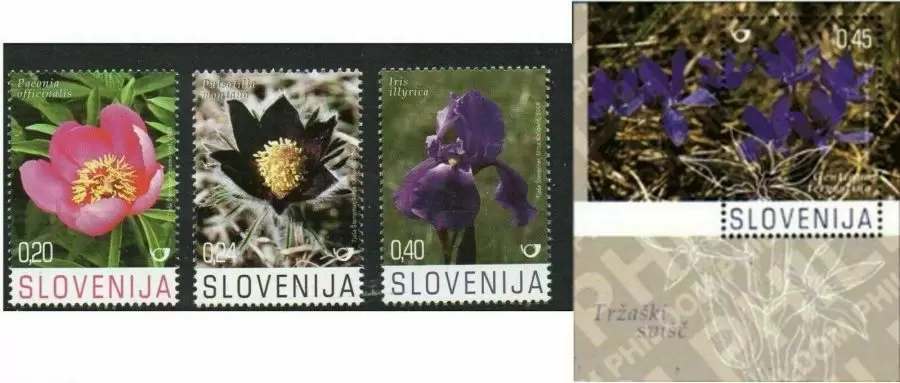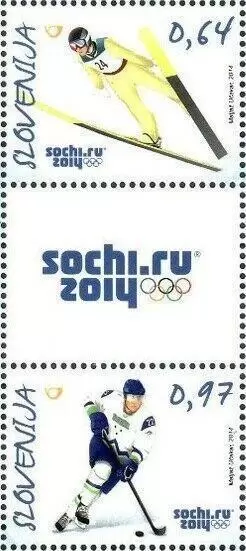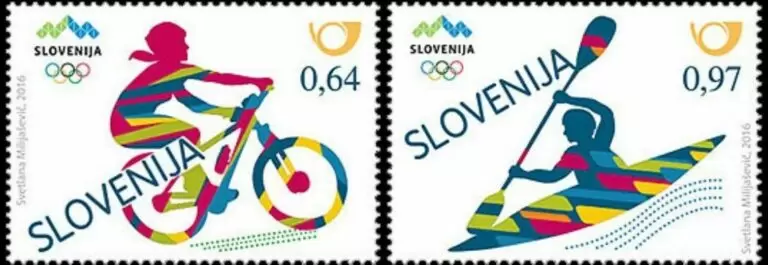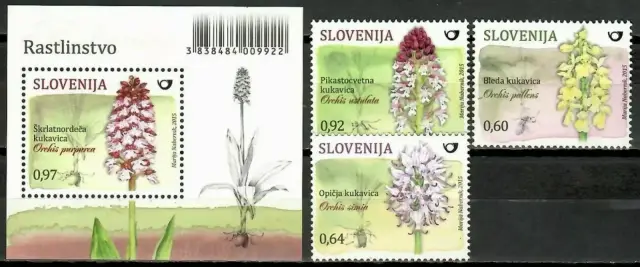Slovenian folk costumes, known as “narodne noše,” are an important aspect of the country’s cultural heritage. These traditional garments vary significantly between regions, reflecting the diverse historical, geographical, and cultural influences that have shaped Slovenia.
Overview of Slovenian Folk Costumes
Slovenian folk costumes are characterized by their vibrant colors, intricate embroidery, and unique accessories. Each region has its distinct style, influenced by local customs, climate, and historical interactions with neighboring cultures.
Key Elements of Slovenian Folk Costumes
- Men’s Costumes:
- Shirts: Typically white linen shirts with detailed embroidery around the collar and cuffs.
- Vests: Often richly decorated with embroidery, worn over the shirt.
- Trousers: Made from wool or linen, usually in dark colors such as black or brown.
- Footwear: Leather shoes or boots, sometimes complemented with knitted socks.
- Hats: Various styles including felt hats or caps, often adorned with ribbons or feathers.
- Women’s Costumes:
- Blouses: White blouses with embroidered details, often featuring puffed sleeves.
- Skirts: Full, multi-layered skirts made from wool or cotton, adorned with ribbons and embroidery.
- Aprons: Worn over the skirt, typically brightly colored and embroidered.
- Bodices and Vests: Fitted and elaborately decorated, worn over the blouse.
- Headgear: Varied by region, including headscarves, lace caps, or floral wreaths.
- Jewelry and Accessories: Traditional jewelry such as brooches and necklaces, often made from silver or beads.
Regional Variations
- Gorenjska (Upper Carniola):
- Women: Known for their colorful aprons and headscarves, with intricate lacework.
- Men: Wear dark woolen trousers and embroidered vests, often with felt hats.
- Štajerska (Styria):
- Women: Characterized by bright, striped skirts and large, ornate aprons.
- Men: Wear knee-breeches and waistcoats with distinctive regional embroidery.
- Prekmurje:
- Women: Noted for their black skirts and white blouses, with unique headgear.
- Men: Typically wear black or dark blue trousers with simple, unembellished vests.
- Primorska (Littoral):
- Women: Light, airy fabrics reflecting the coastal climate, often with floral motifs.
- Men: Light-colored trousers and shirts, suitable for the warmer climate.
- Dolenjska (Lower Carniola):
- Women: Richly decorated bodices and aprons with distinctive patterns.
- Men: Dark trousers and vests, often with wide-brimmed hats.
Cultural Significance
- Festivals and Celebrations: Folk costumes are often worn during national holidays, cultural festivals, and traditional celebrations, such as weddings and harvest festivals.
- Folk Dances and Music: Traditional dances like polka and waltz are performed in folk costumes, accompanied by traditional instruments such as the accordion and fiddle.
- Craftsmanship: The creation of folk costumes involves skilled artisans who specialize in embroidery, weaving, and tailoring, preserving traditional techniques passed down through generations.
Preservation and Modern Influence
- Ethnographic Museums: Institutions such as the Slovene Ethnographic Museum in Ljubljana showcase traditional costumes and educate the public about their historical and cultural contexts.
- Folk Dance Groups: Numerous folk dance groups across Slovenia maintain the tradition of wearing and performing in folk costumes.
- Contemporary Fashion: Elements of traditional Slovenian folk costumes are sometimes incorporated into modern fashion, reflecting a blend of heritage and contemporary style.
Slovenian folk costumes are a vibrant and cherished aspect of the nation’s cultural identity, symbolizing the rich heritage and regional diversity of Slovenia. They continue to be celebrated and preserved through various cultural practices and institutions.

